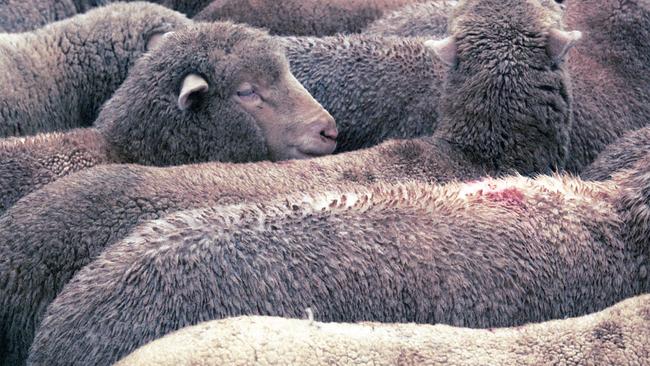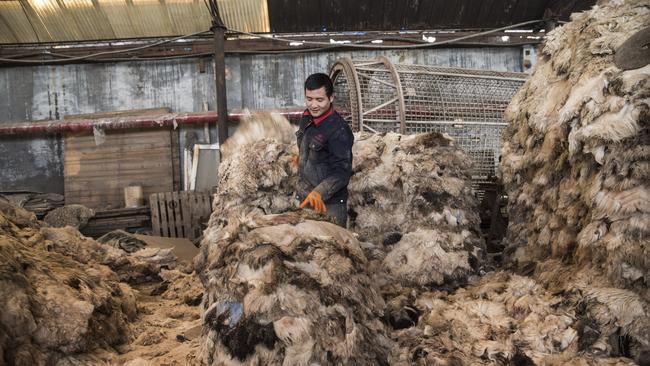Producers are paying for skin disposal, rather than being paid
The days of $25 lamb skins are well gone and now some producers are being discounted when they sell lambs.
There is no end in sight for poor returns for lamb skins, with some producers forced by processors to pay for their disposal.
With subdued demand from China and the evaporation of skin buying from Russia due to the war in Ukraine, skin prices are suffering, with only the longest lamb pelts making a few dollars.
In its latest report on lamb and sheep skin values released this month, Meat and Livestock Australia quoted the best skins made $4 from heavy lambs, with some making 50c-$2.50.

Yet freshly shorn lambs with pelts less than five centimetres are quoted as having no value whatsoever.
MLA National Livestock Reporting Service operations manager Stephanie Pitt said the current prices were a far cry from a few years ago, when the best young lamb skins were making up to $25 and when skins brought in more than $1 billion in 2005.
And while the $6 skin values last year were a significant fall from that, rates had slipped even further, with producers receiving nothing for some and even being charged for disposal by some processors.
“We have reports that vendors of shorn lambs, which are recently off shears, are being charged to dispose of the skins,” Ms Pitt said.
“We have never seen the skin prices this bad.”
While shedding breeds had been assigned no value for sheep skins in the past, Ms Pitt said it was the first time she had seen this for crossbred lambs.
Ms Pitt said China was the biggest buyer of skins but had pulled out of the market for anything except those with long wool length.

“The Chinese market can be so unpredictable,” Ms Pitt said.
She said the Russia-Ukraine war had also had an impact, and even if this was resolved, Australia’s support of Ukraine could see Russia stay out of the Australian skin market.
The only bright spot in the market is for Merino skins of grown sheep, which were making up to $19 but the remainder of the rates are low at best.
“The feedback we are getting is that the outlook is flat,” Ms Pitt said.




